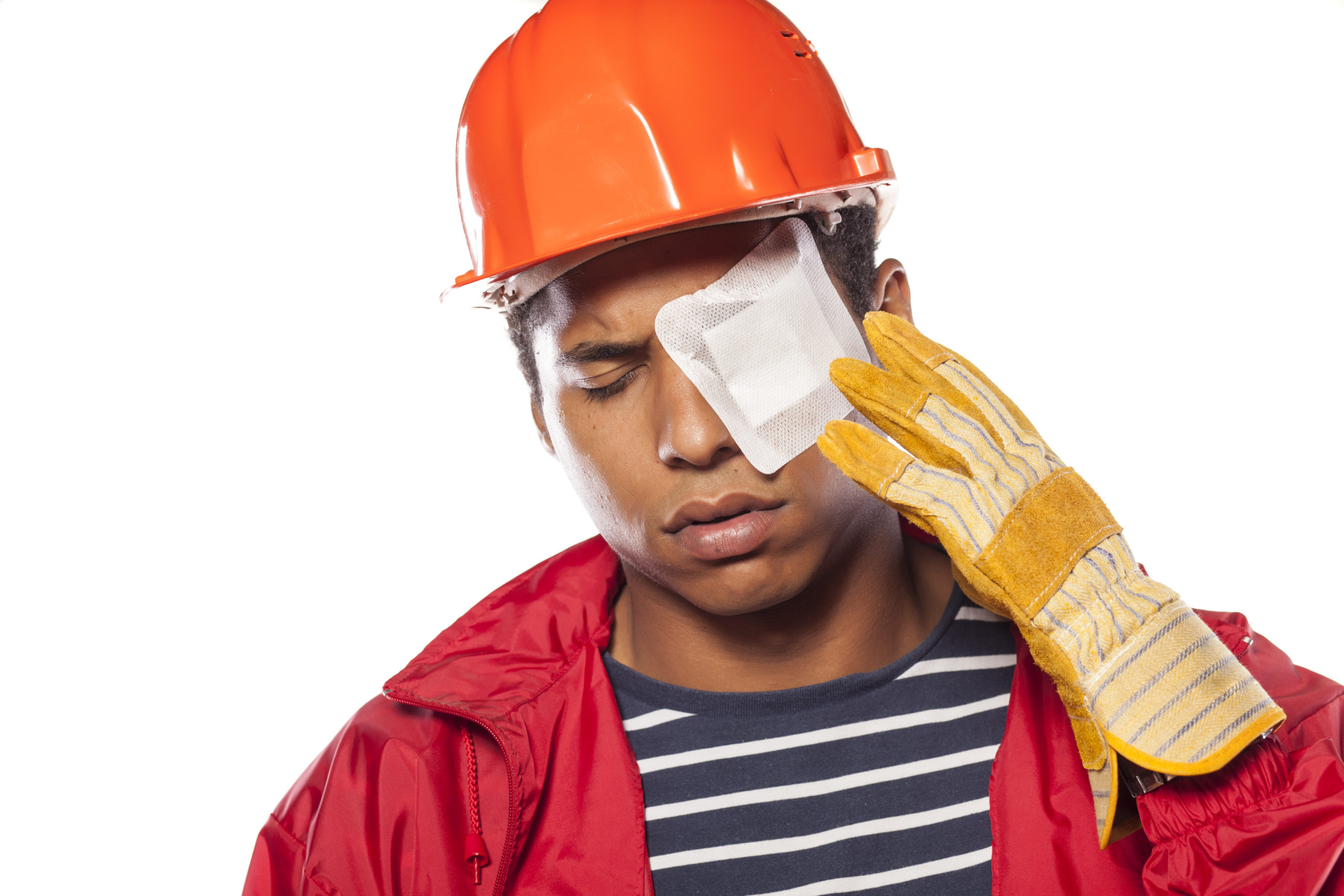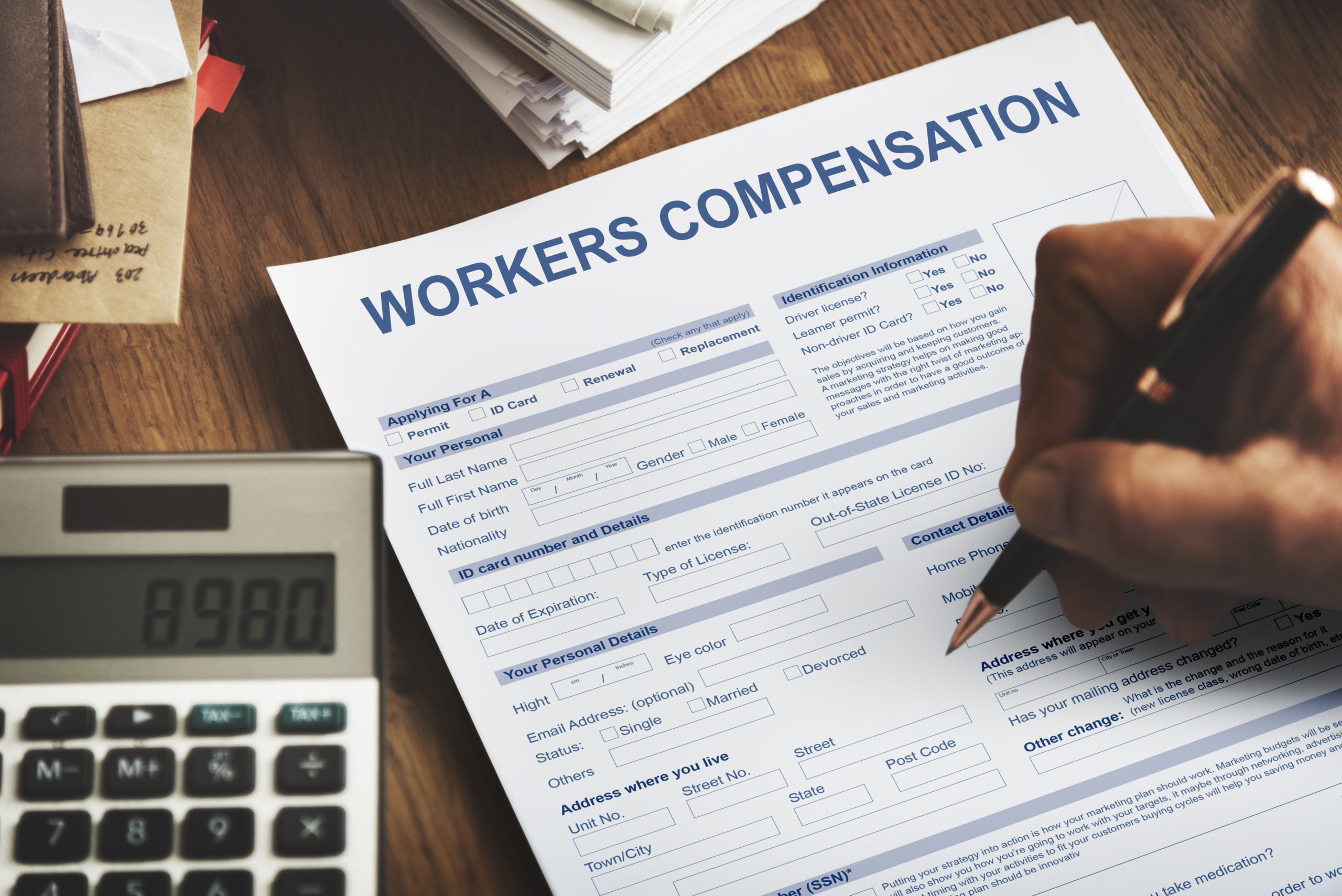
Defective Tools Can Increase Risk of Eye Injuries
Power tools and work tools send tens of thousands of Americans to the emergency room every year. While these injuries are largely concentrated in the construction industry, they can also happen in road work, manufacturing work, repair shops, automobile work, and even at home.
According to Forbes Magazine’s “The Most Dangerous Power Tools,” the top tools involved in accidents are:
- Power nailers/nail guns: 37,000 emergency room visits per year
- Riding lawn mowers: 37,000 hospital visits per year
- Chainsaws: 36,000 ER visits per year
- Stationary table saws: 29,000 ER visits per year
- Snowblowers: 5,700 ER visits per year and 19 recorded deaths
- Circular or rotary saws: 10,600 ER cases per year
- Power drills: 5,800 ER visits per year
- Backhoes: Average of 38 construction fatalities per year
- Air compression devices: 2,400 injuries per year
- Wood chippers: 3 deaths per year on average
These dangerous tools can malfunction and cause eye injuries, as well as other serious injuries like amputation, burns, lacerations, electrocution, puncture wounds, falls, bone fractures, crush injuries, and traumatic brain injuries.
While these devices are plenty dangerous on their own, defective equipment is particularly deadly. When power tools do not work as they should, the operator is at risk for even more serious injuries.
Whether it’s a faulty power cord, an unsecured blade, a poorly designed piece of equipment, or another type of product defect, the manufacturer of the tool should be held accountable for putting consumers at risk. “Products liability” is the area of the law that works to hold manufacturers, designers, and suppliers accountable for putting unsafe products onto the market. Depending on the type of defect, liability for your injuries might rest with the company that designed the product, the company that manufactured it, the middleman who damaged the product in transit, or someone else entirely.
In order to win a products liability case for a defective tool, you must prove the following:
In typical products liability cases, the plaintiff must prove the following:
- You were physically injured or suffered other damages
- The equipment in question was somehow defective or lacked proper instructions
- The defect, or lack of warnings, caused the injury or damages
- When injured, you were using the product in the manner it was reasonably intended to be used
If you have been injured by a defective power tool or piece of equipment, it is important to get in touch with an experienced products liability lawyer right away. The sooner you bring it to your lawyer’s attention, the sooner he or she can start building a case and gathering evidence to support your claim. (Plus, in products liability cases, you are often able to get a jump on the defendant because the manufacturer, supplier, or retailer is unaware of the defect until a claim is brought.)

















